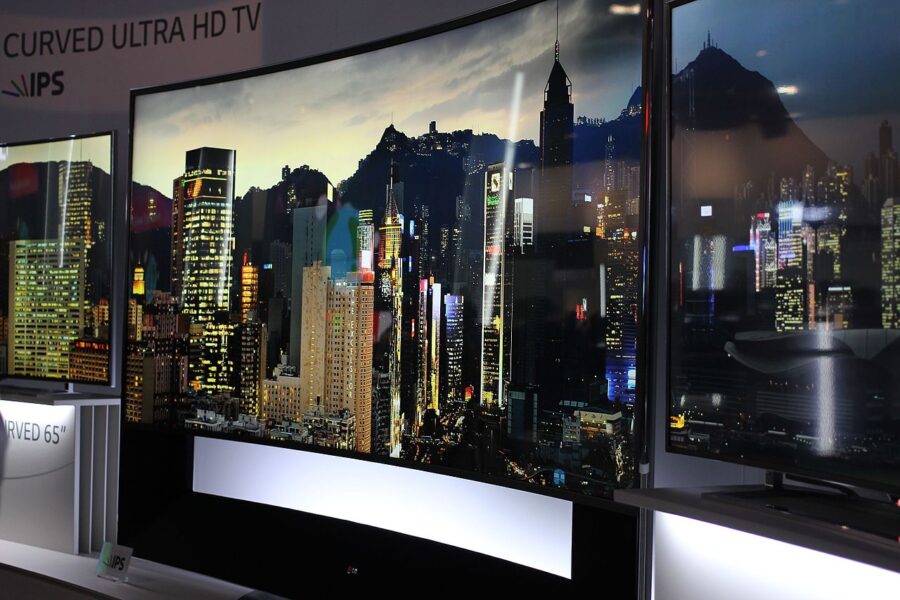4 Reasons Why QD-OLEDs Could Revolutionise TVs
Manufacturers of display technologies are continually exploring ways to deliver new and improved systems to discerning consumers. This leads to a revolving door of successive systems in TV production, each one outperforming the last in some key performance area. Although organic light-emitting diodes (OLEDs) emerged some time ago, they have failed to truly corner the market and eclipse liquid crystal displays (LCDs) in the way that LCDs did to plasma and CRT sets. Now, less than ten years into the market lifespan of OLED technology, we are witnessing what seems to be the next step in that ever-progressing pipeline: QD-OLEDs.

Though several major manufacturers are believed to be developing QD-OLED technologies of their own, nobody expects to see a model on the market before the end of 2021. Yet there is a tangible element of excitement about novel display technology pairing quantum dots (QDs) with OLEDs.
Here, Avantama explores four key ways that QD-OLEDs could revolutionize TV displays.
4. Vivid Colour Reproduction
QDs emit light with exceptional spectral characteristics. The purity of these emitted wavelengths promotes vivid color reproduction, translating to richer and more lifelike images onscreen. QD-OLEDs based on cadmium-free green and red QDs could offer greater than DCI-P3 coverage – essential for modern display technologies as HD content moves into the realm of color spaces like Rec.2020.
3. Greater Compromise Between Bright & Dark
Balancing black levels with peak brightness has been an ongoing challenge for the current crop of display technologies. While traditional LCDs lead the way in terms of high peak brightness (>2,000 nits), OLEDs offer unmatched black reproduction with technically infinite contrast ratios.
The bonus for OLEDs has been the ability to reproduce high dynamic range (HDR) content without having to generate the same luminance as an LCD. QD-OLEDs could carry this forward, offering the greatest compromise between brightness, darkness, and exceptional color reproduction.
2. Theoretically Thinner than LCDs
Manufacturers have always strived towards lighter, thinner displays. This is another area where OLEDs typically maintain the competitive edge – although LCDs still predominate in the smaller panel market, so the issue of weight is relative. By using an OLED backlight with QD color converters, QD-OLEDs could potentially facilitate significant weight savings compared to LCDs of comparative size. However, this is pure speculation based on a theoretical understanding of the prototypical technologies currently under consideration.
1. Increased QD Market Saturation
From a broader perspective, QD-OLEDs could dramatically change the profile of the display sector by increasing QD market saturation. There has been a steady structural shift in the LCD market in recent years due to consistently declining margins. OLED has likewise been troubled by slow uptake due to prohibitive manufacturing prices. QDs could consequently become a staple in display systems going forward.
At Avantama, we provide tailor-made QDs and functional nanomaterials for OLED printing. If you would like to learn more about the current state of QD-OLED development or want to discuss a proprietary formulation for your application, simply contact a member of the team today.